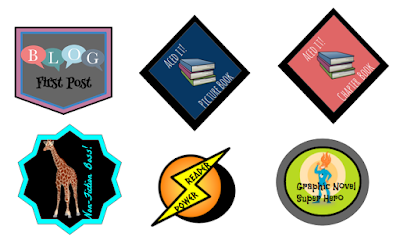Well, its that time of year again... Hour of Code is here!
During the week of Dec-7-13, teachers are challenged to provide their students with one hour to learn about coding in the classroom. It is a great opportunity to allow students to experience what computer coding is all about. If you check out the hashtag #hourofcode on twitter, you will find a bunch of info and resources for this. While it might seem like a "waste" of time, remember, it teaches students to problem solve, be persistent in the face of challenges, to think creatively, and learn a new skill that has real world applications. Last year, it was one of my students' favorite activities that we did all year. They asked to code whenever we had free time.
Below is an introduction video to coding and hour of code from hourofcode.org:
You can click on the images below to be directed to different coding activities your kids can play to learn about coding. To share the links with my students, I have created a page on my class website with all the different options. You could also share them out via Classroom.
Angry Birds Coding:
Starwars, Minecraft, and Frozen Coding:

Hour of Code activities from Tynker:
Here are some other coding sites we used last year:
There are also iPad apps that can be used to teach about game design and coding, If you click on the picture, it will direct you to their websites.
Hopscotch
Pixel Press "Floors"
This app is really cool- it allows kids to draw out game levels. You can go to their website and print out the paper first, or the kids can draw in the app. They have to use different symbols to get different game elements. Super fun, and the games look awesome in the end!





































